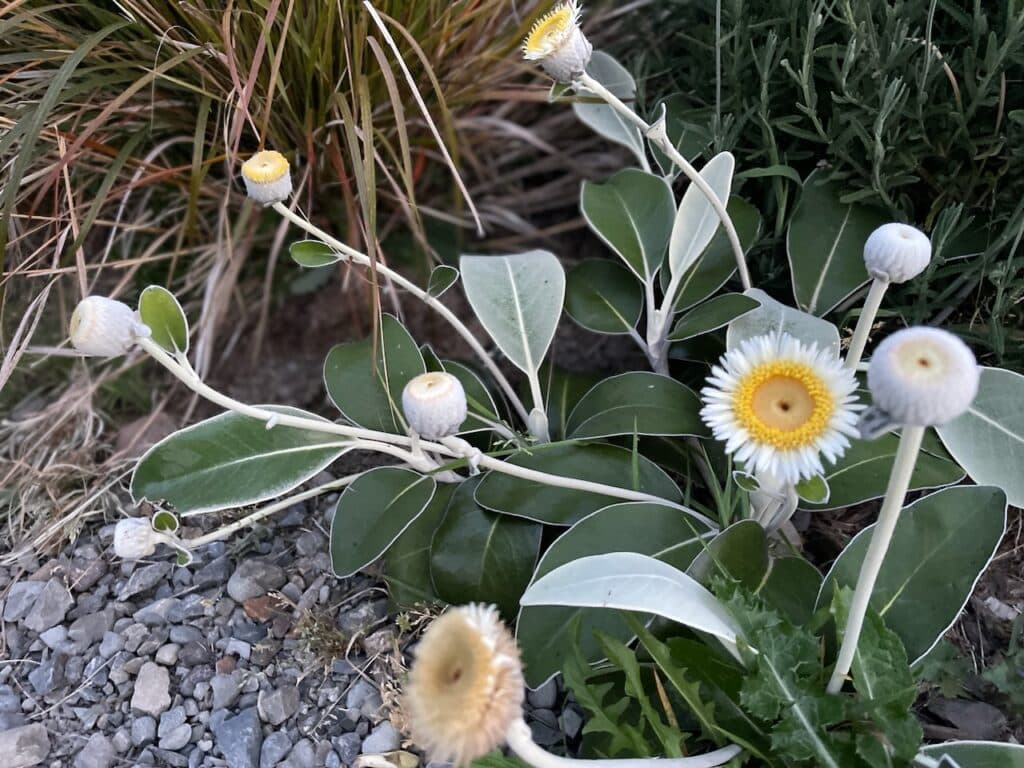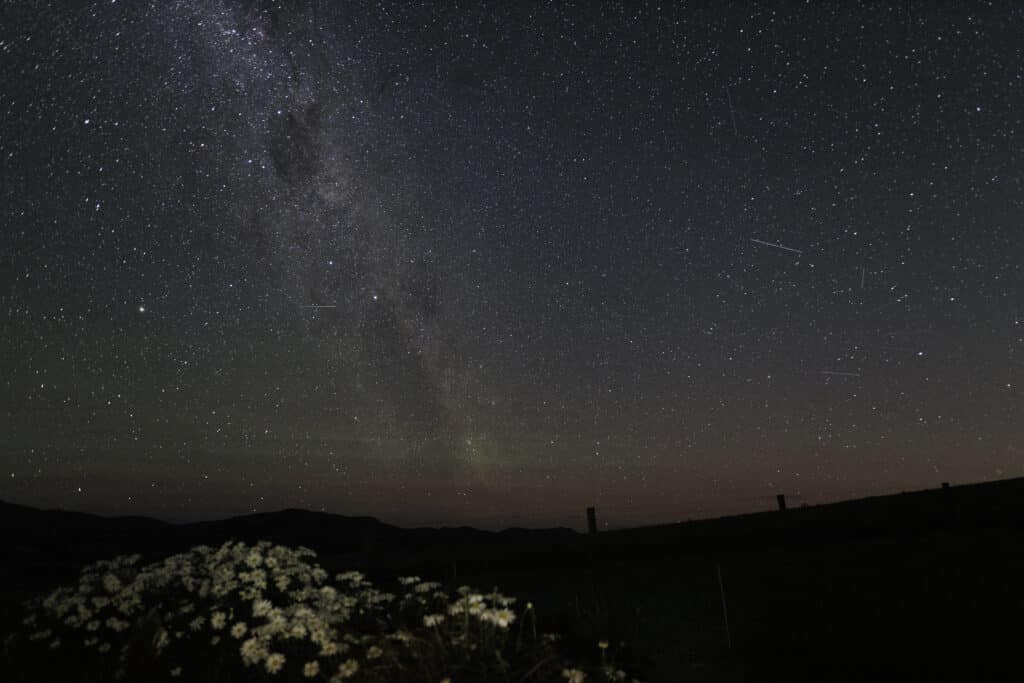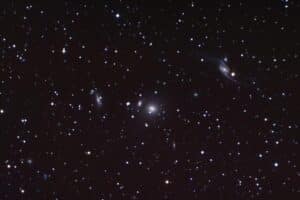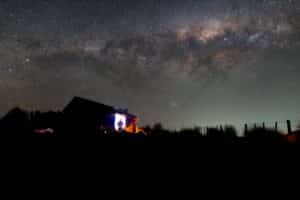What started as a nice-to-have enhancement of our experience (imagine stargazing from the middle of a flower field) has turned into a frenzy of discovering new and interesting things about our surroundings. So what’s with the moths?
When we think of pollinators, most people picture bees and butterflies buzzing in the daylight. But the real unsung heroes of pollination? Moths. Beetles. Even bats (if you’re lucky enough to be in a place where they still thrive).
In a world obsessed with honeybees, we need to talk about the invisible workers of the night—because without them, our ecosystems unravel.

Next time you step outside in the dark, take a second to notice: what’s visiting the flowers? What’s drawn to the glow of your verandah light? These are the creatures keeping New Zealand’s biodiversity alive while we sleep.
New Zealand’s nocturnal pollinators are crucial for native plant reproduction, yet they’re often ignored. With habitat loss and artificial lighting disrupting their behaviour, their numbers are dropping.




